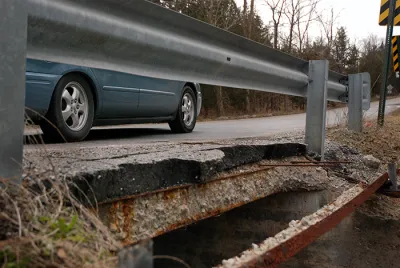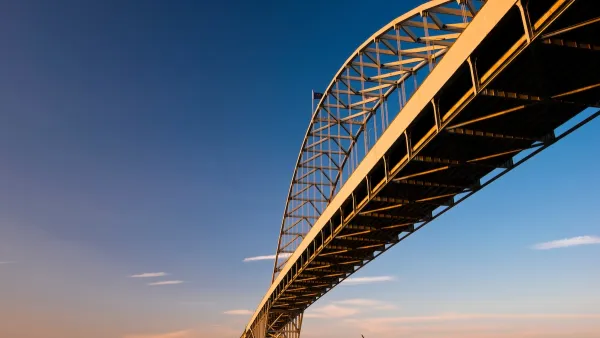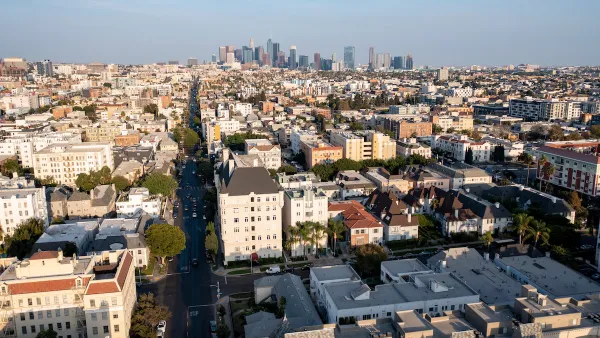Public spending is not high enough to keep up with normal decay, much less extreme weather events. Yet politicians focus on building new infrastructure instead of saving what we have.

All infrastructure eventually needs maintenance. Whether it's a water system, a bridge, or a school, there's a cost to keeping infrastructure running.
It can be useful to think of infrastructure investment in terms of net investment, meaning the amount of money spent on infrastructure after accounting for normal maintenance. The U.S. Bureau of Economic Analysis keeps track of this number, net public investment, as a percent of GDP. It has been trending down since the 1960s, the Bureau reports, and is near a record low. "The only years with lower levels were 1942–45, when the civilian economy was starved to fund the war effort," Doug Henwood reports in Jacobin.
This shrinking investment in infrastructure leaves less funding for disasters, updates, and new projects. As the country's income has increased, the percent of income invested in infrastructure has dramatically decreased. "To get back to that 2.6% average would mean an increase of $400 billion a year in public investment," Henwood writes.
FULL STORY: Why the United States Is Falling Apart

National Parks Layoffs Will Cause Communities to Lose Billions
Thousands of essential park workers were laid off this week, just before the busy spring break season.

Retro-silient?: America’s First “Eco-burb,” The Woodlands Turns 50
A master-planned community north of Houston offers lessons on green infrastructure and resilient design, but falls short of its founder’s lofty affordability and walkability goals.

Delivering for America Plan Will Downgrade Mail Service in at Least 49.5 Percent of Zip Codes
Republican and Democrat lawmakers criticize the plan for its disproportionate negative impact on rural communities.

Test News Post 1
This is a summary

Test News Headline 46
Test for the image on the front page.

Balancing Bombs and Butterflies: How the National Guard Protects a Rare Species
The National Guard at Fort Indiantown Gap uses GIS technology and land management strategies to balance military training with conservation efforts, ensuring the survival of the rare eastern regal fritillary butterfly.
Urban Design for Planners 1: Software Tools
This six-course series explores essential urban design concepts using open source software and equips planners with the tools they need to participate fully in the urban design process.
Planning for Universal Design
Learn the tools for implementing Universal Design in planning regulations.
EMC Planning Group, Inc.
Planetizen
Planetizen
Mpact (formerly Rail~Volution)
Great Falls Development Authority, Inc.
HUDs Office of Policy Development and Research
NYU Wagner Graduate School of Public Service





























